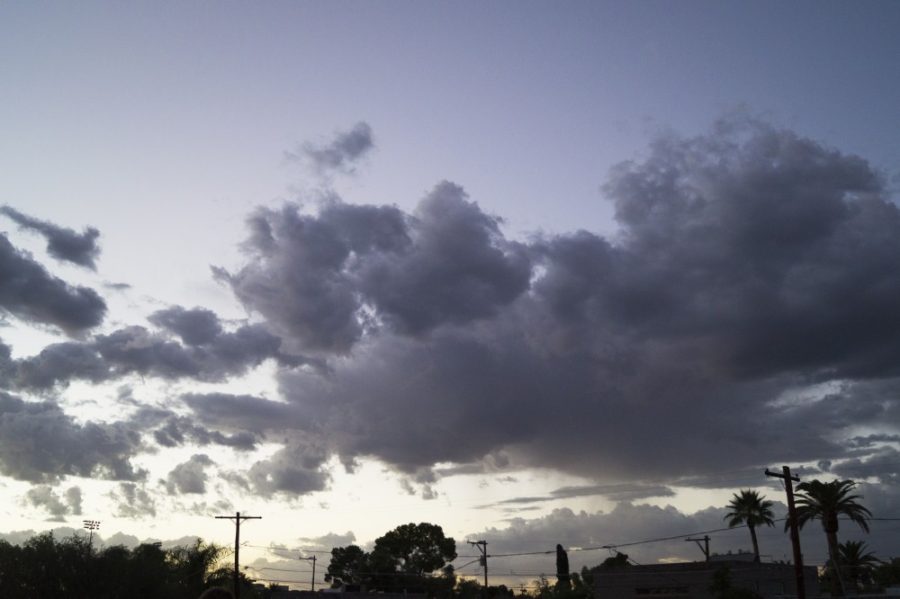2016 gained a lot of attention for its unusual weather, and particular attention was paid to the El Niño event, which dramatically altered weather patterns in South America and around the world. Now that a new year has begun, what can the world expect in terms of weather phenomena?
According to the National Weather Service Climate Prediction Center’s outlook for the next two months, many parts of the United States will be hit by a cold spell. The Great Lakes area will most likely have cooler temperatures while the southern United States may experience warmer than average weather. There will be 40 percent less rain in Arizona, while higher than usual rainfalls are expected in the north.
This prediction is characteristic of a La Niña weather pattern. La Niña is the cooling counterpart to El Niño and typically leads to lower temperatures in the Pacific Ocean and causes severe droughts in some areas and storms in others. Both shift atmospheric circulations, which result in climate anomalies across certain regions.

How do we know so much about a weather phenomenon that hasn’t happened yet? Several different departments in the United States are involved in predicting the weather, each one with a different niche within the field. The Climate Prediction Center uses numerical models, global observations and statistical tools to make their predictions. The U.S. National Weather Service issues daily forecasts and is what’s typically used by newscasters.
RELATED: UA grad student researches impacts of drought on rural California
Understanding El Niño is an important part of weather forecasting since its impacts can be felt around the world.
“El Niño affects the climate across two-thirds of the world,” said Christopher Castro, an associate professor of hydrology and atmospheric sciences. While the greatest impact is on the equatorial Pacific and the coast of South America, areas as far away as Indonesia and Australia are affected.
The science behind predicting the effects of weather phenomena like El Niño is a growing field that Castro himself is working on improving. Castro believes that improvement in the climate prediction field starts with making predictions more intelligible, regionally precise and confident in its accuracy. “We’re working on that,” Castro said. “That’s part of research themes that my own group and others across the country are trying to advance through the research avenues we have.”

Much of the current knowledge comes from historical records. “From historical climate records, we know what an idealized response is to an El Niño. If you have a strong El Niño, you’re likely to have droughts in Australia and wet conditions on the west coast of South America. That’s pretty definite,” Castro said.
Even the United States has certain regional areas that are typically affected by El Niño. There is a higher chance of winter storms and precipitation, while La Niña would cause the U.S. to endure a hotter, drier summer.
RELATED: UA Earth scientists answer questions about an ancient, green Sahara
It is still up for debate how much weather phenomena like El Niño and La Niña are affected by climate change. “One possibility is that climate change might cause the global climate system to go to a state where there is a greater proclivity for El Niños,” Castro said. This is an active research area, as it determines what kind of weather conditions countries should be preparing for.
There are other weather phenomena, called “modes of variability”, besides El Niño and La Niña that may affect the 2017 weather forecast. Indices of sea-level pressure, the Arctic Oscillation and the North Atlantic Oscillation are just two examples, which don’t have as strong of an effect on the climate but are just as predictable as El Niño, according to operational climate forecasting.
For more information, take a look at the Climate Prediction Center’s website, where climate maps for the next several months have been prepared, as well as maps illustrating temperature trends through the United States.
Follow Nicole Morin on Twitter.









